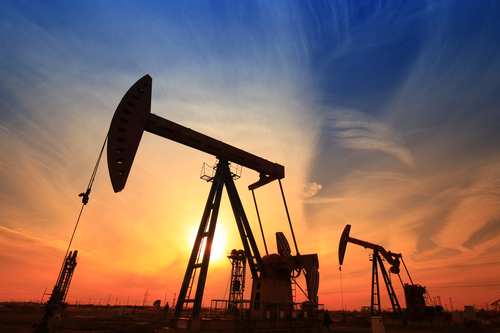Income investors seek steady dividends to fund their lifestyle. So, it is important to pick companies that are dedicated to growing their dividend like Chevron. Recently, Chevron announced they would be increasing their dividend from $1.12 a share to $1.19 a share. The larger dividend will be payable on March 11 to shareholders on record as of February 15. Let’s check out the business and Chevron’s dividend trends…
Chevron Business Overview and Highlights
Chevron (NYSE: CVX) is a $231 billion business. The oil giant is based out of California and it employs 48,600 people. Last year Chevron pulled in $159 billion in sales and that breaks down to $3.3 million per employee.
The company operates within the energy sector and maintains a solid credit rating (AA) from the S&P. This allows Chevron to issue cheap debt to grow the business and finance other initiatives.
Chevron has paid a dividend every quarter since 1980. Let’s look at their dividend history over the last decade to determine Chevron’s valuation.
Chevron 10-Year Dividend History
The company paid investors $2.66 per share a decade ago. Over the last 10 years, the dividend has climbed to $4.48. That’s a 68% increase and you can see the annual changes below…

The compound annual growth is 5.4% over 10 years… but over the last year, the dividend climbed 3.7%. The slowdown in dividend growth is cause for concern. Although, Chevron still might be a good income investment. Let’s take a look at the yield…
Current Yield vs. 10-Year Average
Chevron’s long history of paying dividends makes it one of the best dividend stocks around. This also makes the dividend yield a great indicator of value. A higher yield is generally better for buyers. Sustainability is also vital.
The dividend yield comes in at 3.91% and that’s below the 10-year average of 4.48%. The chart below shows the dividend yield over the last 10 years…

The lower yield shows that investors have bid up the company’s market value. They might be expecting higher growth and payouts. But more often than not, the dividend yield is mean reverting with share price changes.
Improved Dividend Safety Check
Many investors look at the payout ratio to determine dividend safety. They look at the dividend per share divided by the net income per share. So, a payout ratio of 60% would mean that for every $1 Chevron earns, it pays investors $0.60.
The payout ratio is a good indicator of dividend safety… but accountants manipulate net income. They adjust for goodwill and other non-cash items. A better metric is free cash flow.
The ratio based on free cash flow is volatile over the last 10 years and the trend is up. The last reported year has a payout ratio of 50.5%. This gives wiggle room for Chevron’s board of directors to raise the dividend.
Conclusion
Chevron’s previous dividend of $1.12 will increase to $1.19 a share. That is a 6.3% increase. It’s a slowdown from past dividend raises. But Chevron’s profitability relies on an increase in oil prices. If oil prices increase, expect Chevron’s dividend to increase as well.
If you’re interested in learning more, please comment below. You can also check out our free dividend calculator.
